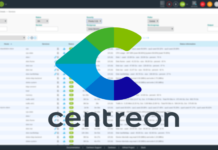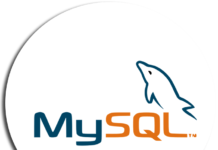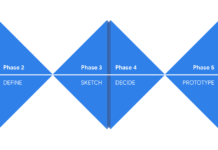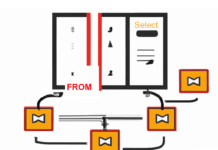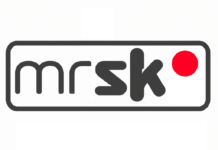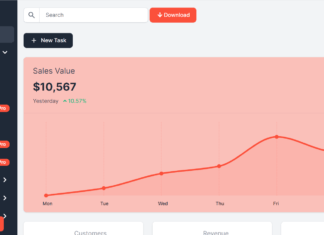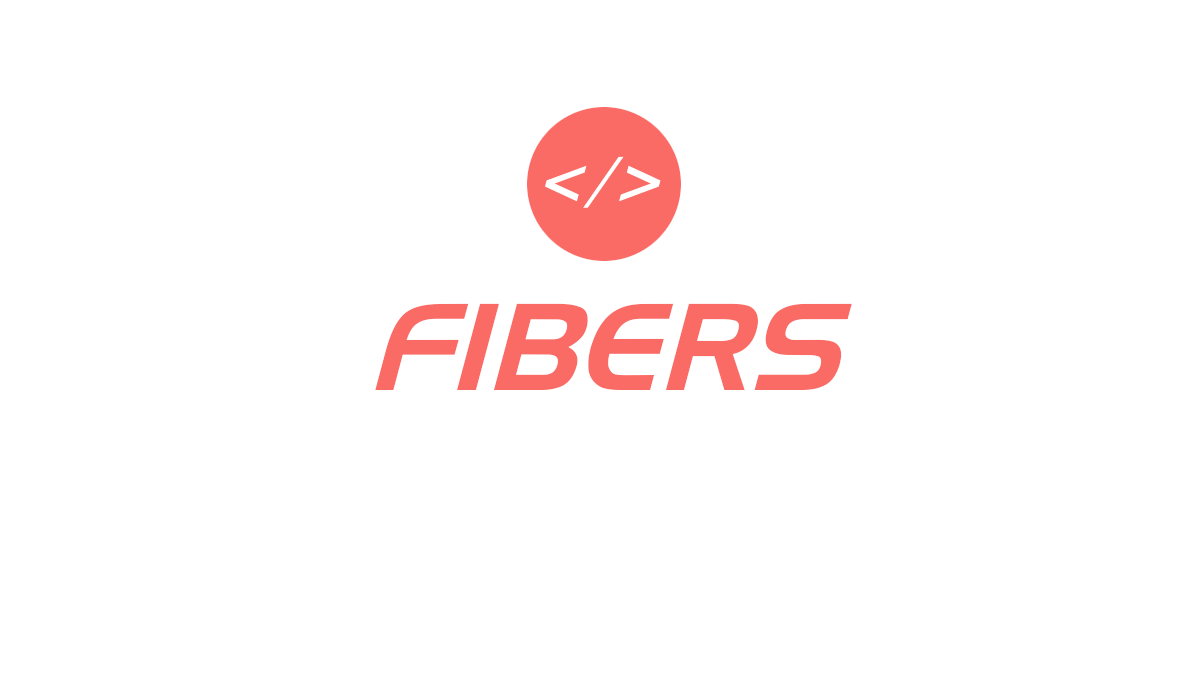Mitchell Harper, Interspire Co-Founder, shared this week in their monthly newsletter the roadmap for Interspire Shopping Cart Version 6. The list is not final and is subject to changes, but the main focus with this release is to really step up their multi-channel retailing support. version 6 of Interspire Shopping Cart is expected around the middle of the year, new features include :

- eBay selling integration – eBay selling integration will allow merchants to “push” some or all of their products to eBay, which would then appear in eBay search results and listings. You will then be able to process orders received via eBay just as you would those through your store. This will give you access to the tens of millions of people who shop on eBay every month at little to no cost.
- Dropshipping and multiple warehouse support – Dropshipping will allow you to sell online without having to stock inventory or ship orders. When dropshipping is enabled, each product is assigned to a particular supplier whose details (including email address) are stored. When an order is placed, an email is sent to the supplier of each product in the order. The email includes the customer’s address, product, quantity, etc. The supplier then ships the item to the customer on behalf of the merchant, who typically pays each of their suppliers at the end of the month.
- Shopping comparison export – Sites like Nextag, Yahoo Shopping, PriceWatch, PriceScan, Shopzilla, Pricegrabber, Shopping.com, MySimon and Bizrate allow people to compare prices amongst different online retailers – and these sites are used by tens of millions of people every week prior to buying online. They are, of course, an excellent source of traffic for online retailers, who can list their products on these comparison shopping sites for free. They only pay when someone clicks a link for one of their products, similar to Google AdWords. These comparison shopping sites typically require the store owner to import (or auto-sync) a simple XML file containing the details of the products they want to list. Along with eBay selling integration this is a fantastic way to drive hundreds or even thousands of new shoppers to a merchant’s online store for around 50 cents per click.
- Pre-order/Back order support – Imagine for a minute that you sell books online. Your customers are waiting for the latest Twilight book and because you know stocks from suppliers will be limited upon release, you setup the ability to pre-order the book on your website before it comes out. You accept 1,000 pre-orders for the book (which might be all your supplier will send when it’s released) and when it’s released, you simply look up these orders and ship the books. Back order support allows you to continue selling a particular product even when its inventory dips below zero. You’ll be able to display a message to shoppers showing an estimated date when they will receive new stock and/or when their order will ship. When the new stock arrives, you can look up all back orders and ship them as usual, reducing your inventory count in the process. This is incredibly useful for merchants who experience seasonal variations in purchases or for those who under estimate demand.
- Printable shipping labels – FedEx, UPS and USPS all have their own branded, specifically designed shipping labels which make it easy for the shipping carrier to route the package to its destination electronically, simply by scanning a barcode on the shipping label. These labels are easy for us to design using the publicly available API’s through UPS Online Tools, Endicia (USPS), etc. You will be able to easily print a shipping label for an order through your label printer, place it on the box and have the shipping company do the rest. This can save 2-3 hours a day if you’re shipping a sufficient quantity of orders.
- iPad/iPhone template – As we all know, mobile is hot. People love to browse prices and products on their phones but why not let them buy right from their phones as well? The iPad/iPhone template will make it easy for merchants to sell to customers when they’re on the go, and if they enable one or more API-based payment gateways then the customer wont ever have to leave their store.
- Being able to set the starting order number – No one wants to see “Your order number is 1”. This will allow you to set the starting order number when you open their “virtual doors” for business.
- “Customers who viewed this product also viewed” panel – A great online merchandising feature which will drive more page views in your store, which will result in more sales.
- Match up the import/export data formats – Right now they’re not the same which is time consuming for bulk editing.









